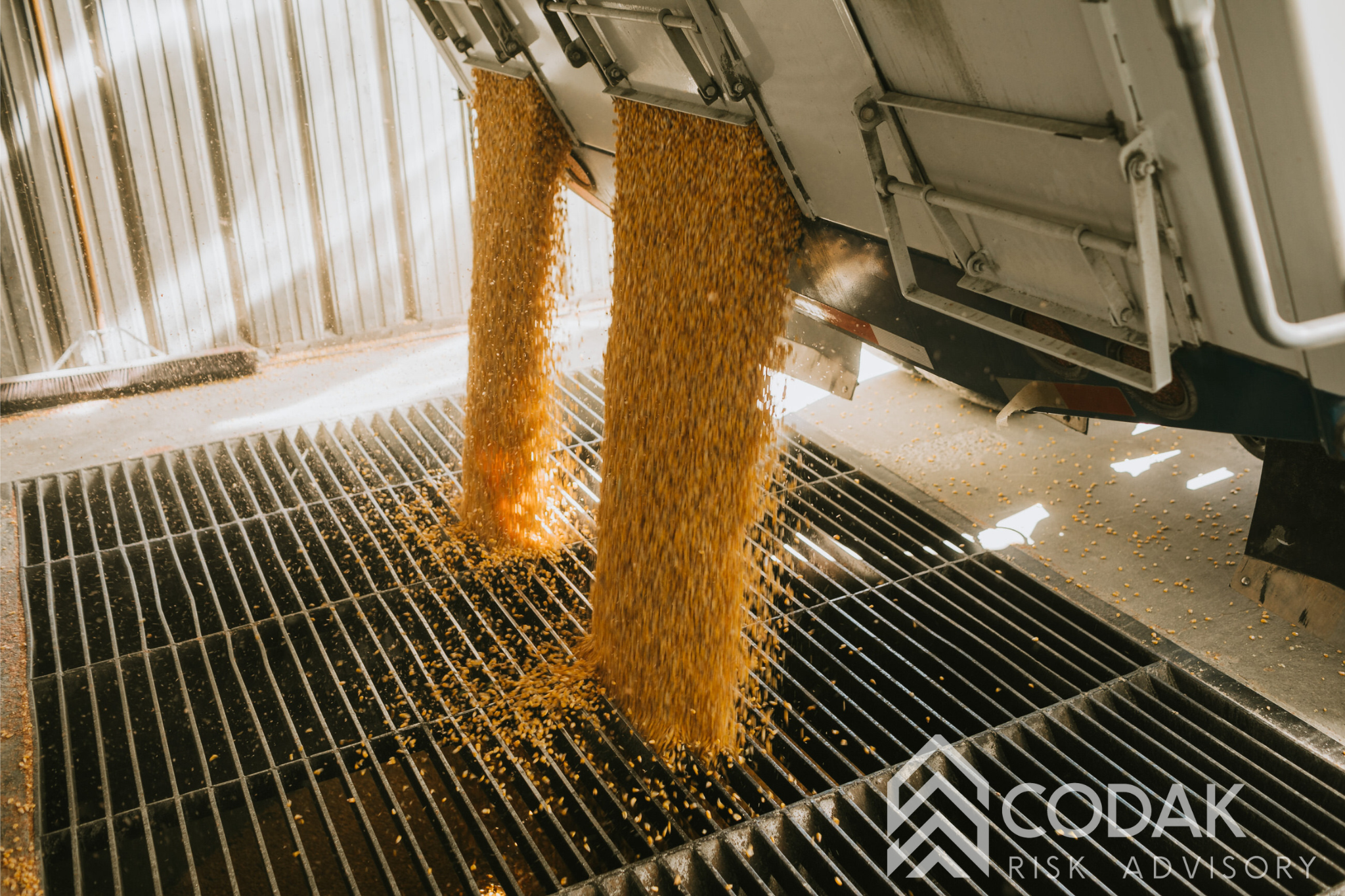Harvest Basis Firming: What’s Driving the Shift in Soybean and Corn Markets?
Harvest is in full swing across many states, with some regions wrapping up with soybeans and switching to corn—and vice versa. In North Dakota, we're observing a noticeable firming in soybean basis as the tail end of harvest wraps up. Earlier in the season, local elevators were posting basis levels of -1.45X to -1.50X, while crush facilities offered around -1.20X.
But in just two weeks, the soybean harvest surged forward, with minimal acreage left standing. Many industry contacts say this has been one of the most challenging harvests to handle, and now that beans are largely off the field, producers have shifted focus to corn.
Stronger Bids Indicate Market Shifts
As a result, basis levels have improved significantly:
Commercial elevators: now at -1.10X for harvest delivery
Crush facilities: improving to -0.70X to -0.80X
Traditionally, crush facilities fill bins during soybean harvest to keep fluid during corn harvest. This year feels different. Across the country, many are improving bids and even offering free delayed pricing to coax soybeans out of on-farm storage.
What's Really Behind the Basis Firming?
There’s no denying a decent volume of soybeans made it into on-farm storage—but is yield strong enough to support this nationwide trend? And more importantly, do farmers even have the bin space to store both corn and soybeans this season?
In North Dakota, new crop corn basis is holding steady at -0.60Z, a level that typically dips once corn harvest begins. In the “I” states (Iowa, Illinois, Indiana), corn basis is also showing signs of strength—particularly along river terminals as harvest advances.
Regional Basis Snapshot
Here’s how soybean and corn basis are trending across key growing states:
Insight: River-adjacent states are seeing firmer basis thanks to improved barge movement and export demand, while interior states are more storage-dependent.
Farmer Behavior: Bin or Sell?
Many farmers have already filled bins with soybeans, aiming to ride out seasonal lows. But with basis improving and free delayed pricing popping up, the market is clearly trying to break bushels loose. The bigger question is:
Is basis firming due to withheld supply, or simply limited supply?
Anecdotally, growers are also more cautious this year. One North Dakota producer noted:
“We filled our bins quicker than expected. The beans were dry, the yield was okay—not great—and we had to move fast before rain hit again.”
Yield + Storage = The Real Market Movers?
Basis doesn’t firm this fast unless something’s tight. Either storage is maxed out, yields are underwhelming, or both. The USDA projected large production, but on-the-ground reports hint at spotty yield variability and logistical bottlenecks.
Key Question: Has the U.S. farmer added enough on-farm storage to comfortably hold both corn and soybeans in a single season?
If the answer is "not really," that could explain why basis is unusually strong, especially during what should be a glut.
Key Takeaways
Soybean basis is firming sharply post-harvest, particularly in ND and river markets.
Corn basis is holding steady, bucking the seasonal norm.
Crush plants and elevators are increasing bids and offering incentives like free delayed pricing.
Storage limitations and average yields may be the real forces behind the basis trend.
Farmers should be watching local basis closely—short-term premiums could create quick marketing opportunities.
Farmer Tips: What to Watch
✅ Track basis daily—local premiums may come and go fast
✅ Talk with buyers offering free delayed pricing or cash incentives
✅ Don’t assume more storage equals more leverage if yields weren’t there
✅ Use elevators’ firm bids to offload marginal quality crop
Quick Glossary for New Readers
Basis: The difference between the local cash price and the futures market price.
Crush Facility: A plant that processes soybeans into meal and oil.
Free Delayed Pricing: A contract that lets you deliver grain now and price it later without storage fees.
“X” and “Z”: Futures month codes for soybeans (Nov) and corn (Dec), respectively.
Looking Ahead: Will This Strength Last?
With harvest nearing completion in some areas and just starting in others, the firm basis could persist—unless:
Export programs pick up steam and shift supply pressure
On-farm bins open back up as grain moves out
Futures rally and drive deferred pricing contracts
For now, though, farmers have a rare gift: a strong harvest basis in both corn and soybeans. How long it lasts may depend on weather, river logistics, and early 2026 export flow.
Alex Andel
Basis and Freight | Market Advisor, Northern Plains
As our basis and freight expert, Alex assesses current market conditions and forecasts future scenarios. His keen insights create transparency in the cash market, resulting in significant returns for our clients.
Connect with Alex



